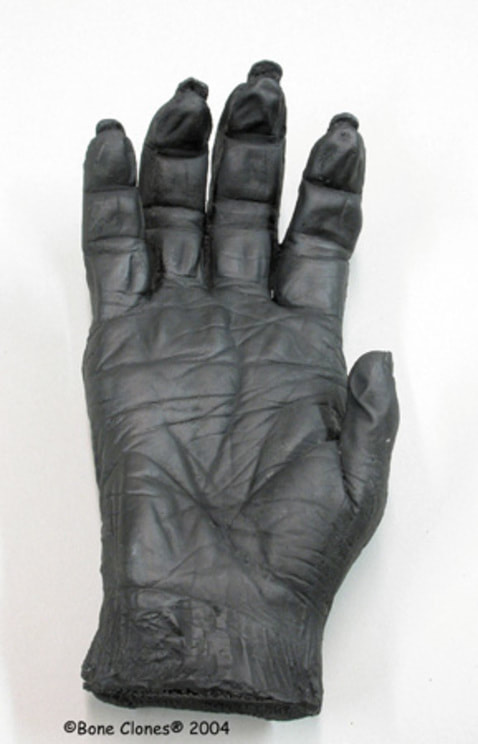
In 1992 in another part of the Afar Depression known as the Middle Awash, an American-Ethiopian team based at the University of California at Berkeley picked up the first pieces of a primitive species more than 1 million years older than Lucy. This does not necessarily mean Lucy’s species had abandoned the trees entirely it retained some features that some scholars interpret as evidence of climbing including curved fingers and toes, mobile shoulder joints, and long forearms.Ī reconstruction of Lucy at the Houston Museum of Natural Science, Texas, US © Dave Einsel/Getty Imagesīut what came before Lucy – and how did bipedality begin? Beyond 4 million years ago, the fossil record of our ancestors remained almost entirely blank for two decades after the discoveries at Hadar. This species is the likely suspect to have left the humanlike footprints in fossilised volcanic ash at Laetoli, Tanzania 3.6 million years ago. Australopithecus afarensis had straight big toe – not a grasping one – and the beginnings of a humanlike arched foot (despite having more primitive foot proportions than we do). The ancestor to all hominins had a 'mosaic' of ape and human brain featuresĪfter much debate, little doubt remains that Lucy’s species were bipeds.


The discovery of Australopithecus afarensis advanced science in numerous ways.įirst, it illuminated one of the greatest mysteries of humanity: why did our ancestors stand upright? Humans resemble our primate cousins in many aspects of anatomy, but we are bizarrely unique when it comes to our two-legged locomotion.ĭarwin had theorized that humans evolved erect posture in tandem with stone tools, big brains, and small canine teeth, but afarensis showed that these traits did not evolve as a package. A replica of Australopithecus afarensis Lucy at the Natural History Museum Vienna © Johannes Maximilian, GFDL 1.2 (), via Wikimedia Commons


 0 kommentar(er)
0 kommentar(er)
